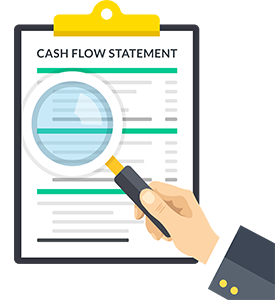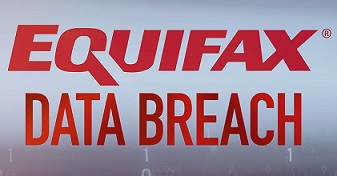As summer winds down, your business’s financial statements may be due for a quick check-up. Here are several review suggestions to help determine the health of your business prior to year-end.
- Balance sheet reconciliations. Reconcile each asset and liability account every quarter. A well-supported balance sheet can guide decisions about cash reserves, debt financing, inventory management, receivables, payables, and property. Regular monitoring can highlight vulnerabilities, providing time for corrective action.
- Debt service coverage. Do you have enough cash to adequately handle principal and interest payments? Calculate your cash flow to ensure you can handle both current and future monthly loan payments.
- Projected revenue. Take a look at your income statements and see how your revenue has performed so far this year versus what you thought your revenue was going to be. If revenue varies from what you expect, get with your sales and marketing team to pinpoint what has gone better, or worse, than expected.
- Projected expenses. Put a stop to disappearing cash by conducting a variance analysis of your expenses. What did you expect to spend so far in 2021 on salaries and wages compared to what you actually paid your employees? What about other big expenses like rent or insurance? Take the amount of money actually spent so far in 2021 in each of your major expense accounts and compare it to your spending forecast. Then create an updated forecast for the balance of the year.
A review of your financial statements now will help you be prepared if you need to navigate an obstacle or capitalize on potential opportunities to expand your business.


 Companies love to keep tabs on your browsing habits. And it is not just limited to their own sites. They might spy on ALL your activity. They see every website you visit, monitor all your clicks, and track all social media likes and videos you view. They then use this information to determine what you see and read. In short, they control your world view, both in content and in what ads you see.
Companies love to keep tabs on your browsing habits. And it is not just limited to their own sites. They might spy on ALL your activity. They see every website you visit, monitor all your clicks, and track all social media likes and videos you view. They then use this information to determine what you see and read. In short, they control your world view, both in content and in what ads you see. This long-standing idea means taking steps to make your balance sheet shockproof by building liquidity. Like a frontier outpost or an ancient walled city, businesses that prepare for a siege—in the form of a recession, natural disaster, pandemic, or adverse regulatory change—can often hold out until the crisis passes or the cavalry arrives.
This long-standing idea means taking steps to make your balance sheet shockproof by building liquidity. Like a frontier outpost or an ancient walled city, businesses that prepare for a siege—in the form of a recession, natural disaster, pandemic, or adverse regulatory change—can often hold out until the crisis passes or the cavalry arrives. Do you know what your kids are doing online? That question may seem like it has a simple yes or no answer, but that’s hardly the case. With so many streaming platforms, social media outlets and new gaming options popping up every day, it’s nearly impossible to fully protect your kids from what they can encounter online.
Do you know what your kids are doing online? That question may seem like it has a simple yes or no answer, but that’s hardly the case. With so many streaming platforms, social media outlets and new gaming options popping up every day, it’s nearly impossible to fully protect your kids from what they can encounter online.
 When tracking and planning your business objectives, it’s easy to focus your analysis on two reports — the income statement and balance sheet. But one of the primary keys to your business’s success relies more on how you handle the money flowing in and out of the business. The appearance of a solid profit can hide a lurking cash flow problem.
When tracking and planning your business objectives, it’s easy to focus your analysis on two reports — the income statement and balance sheet. But one of the primary keys to your business’s success relies more on how you handle the money flowing in and out of the business. The appearance of a solid profit can hide a lurking cash flow problem.